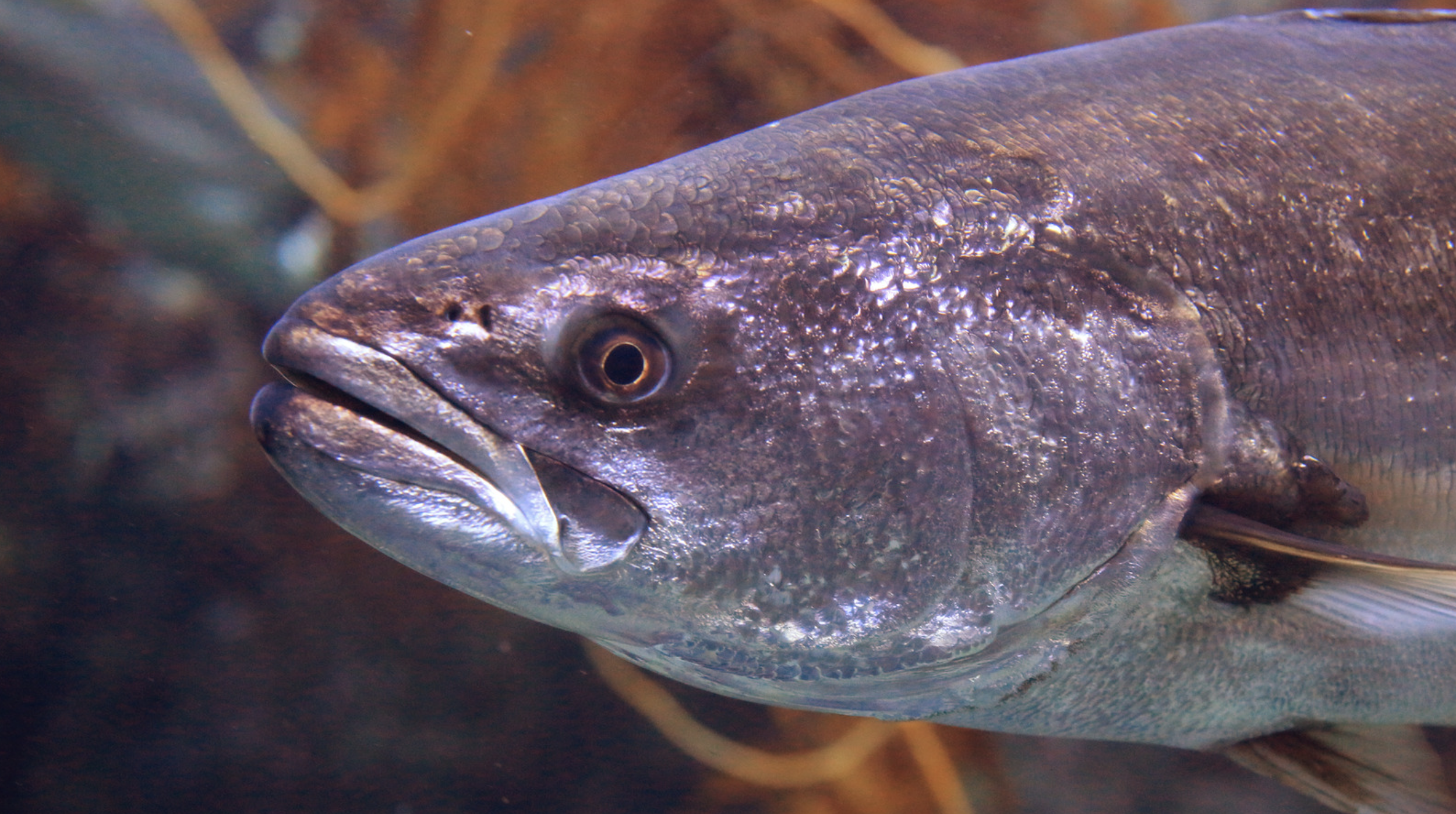A California fish species historically prominent in the state’s commercial fishing industry and sportfishing community was nearly wiped out 40 years ago. That species is making an astonishing comeback thanks to innovative programs that are creating a promising future.
